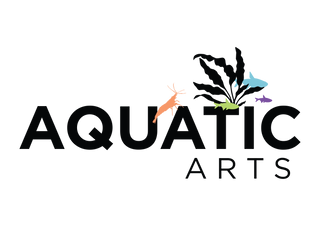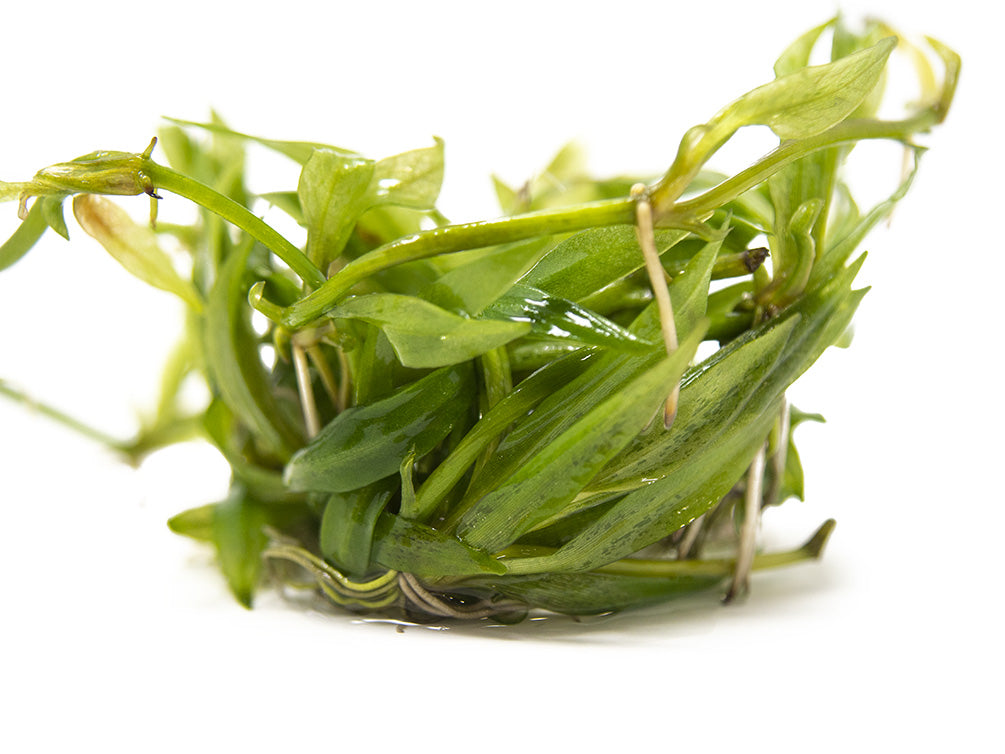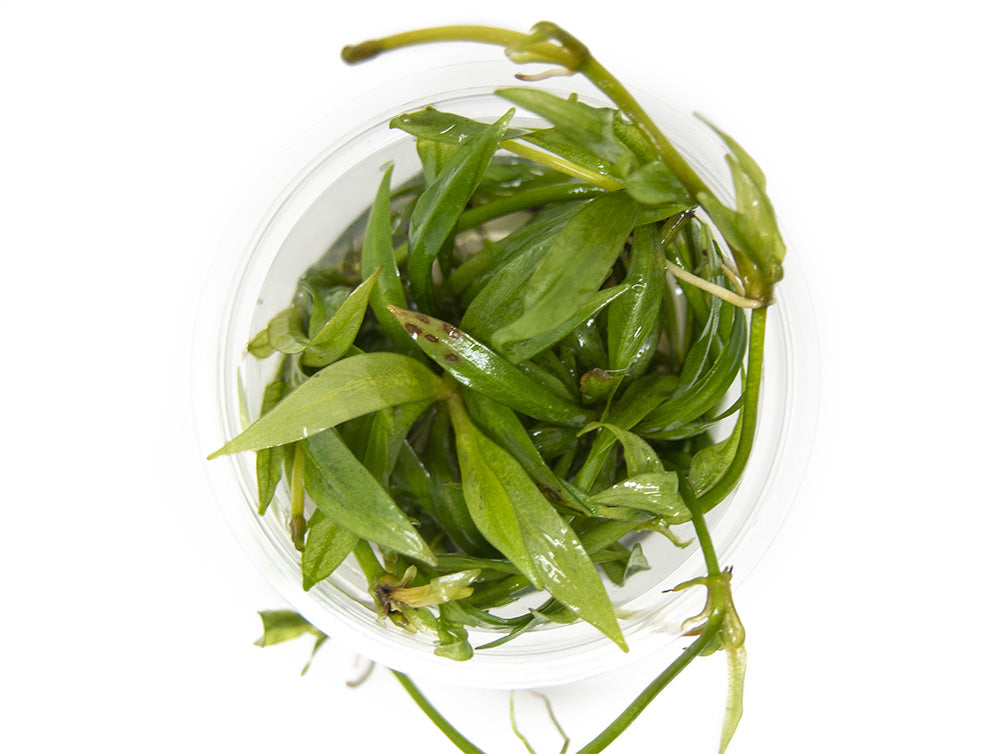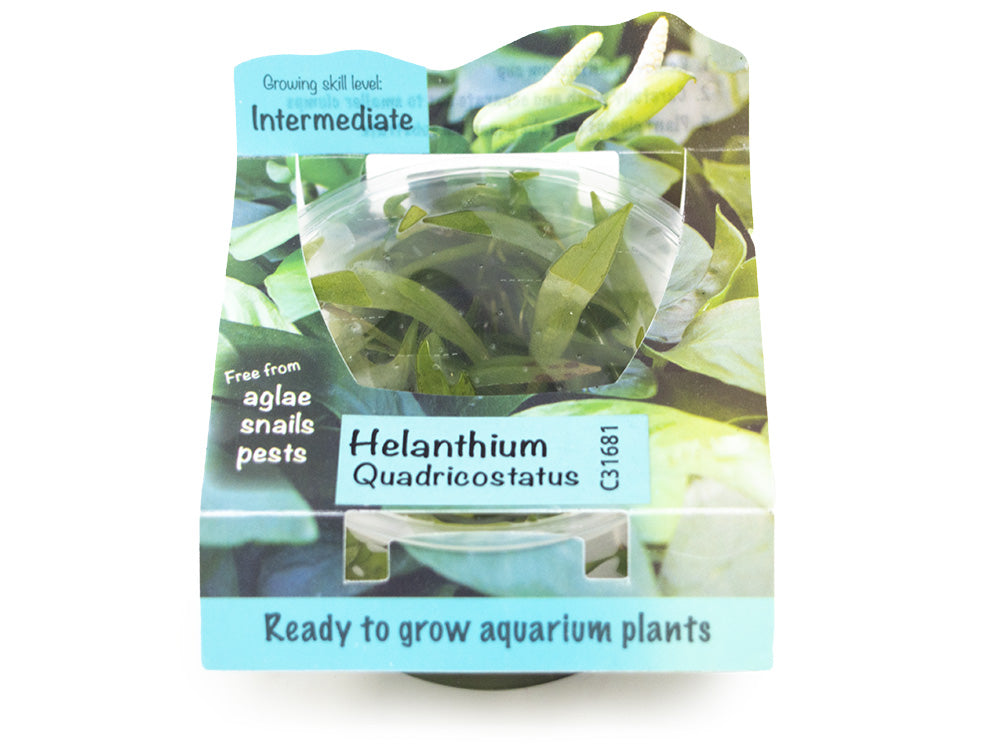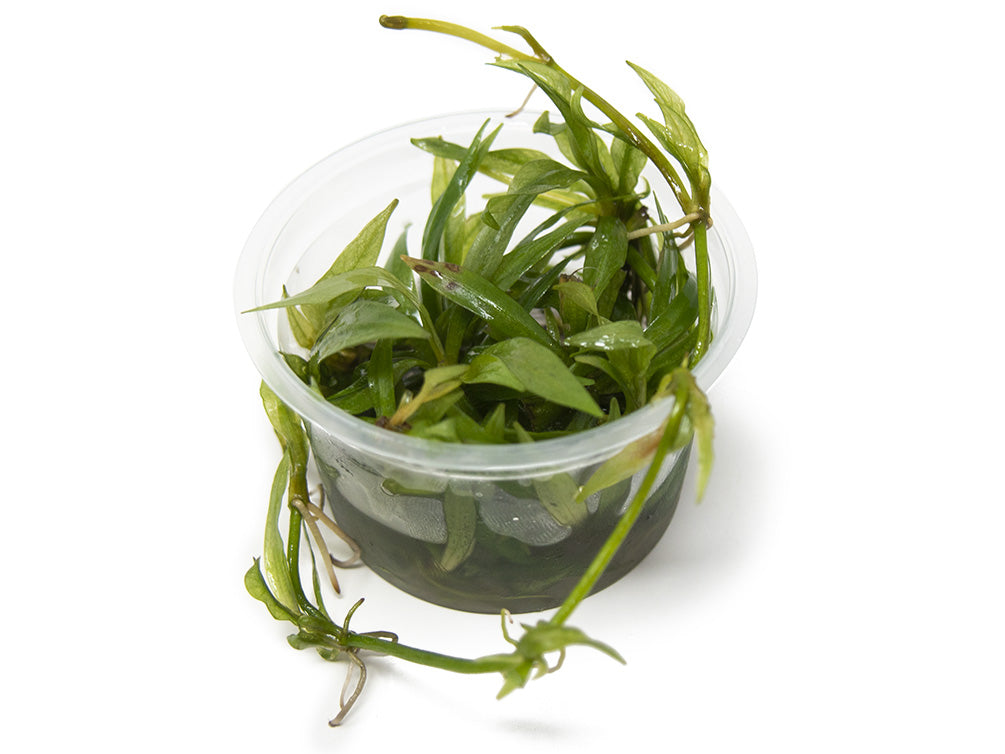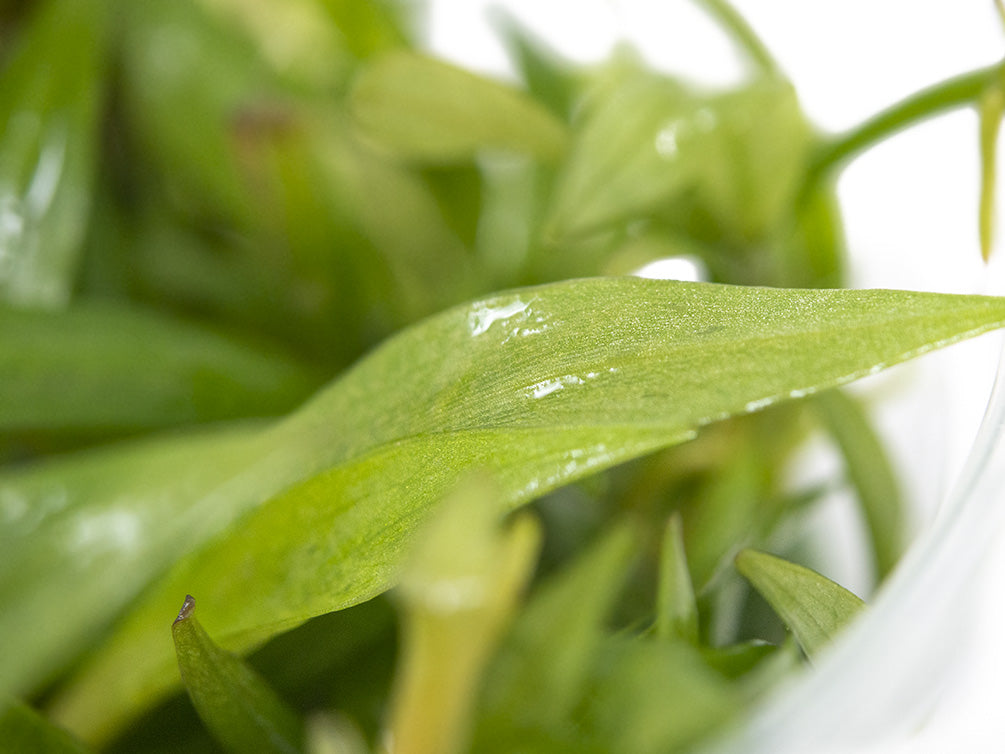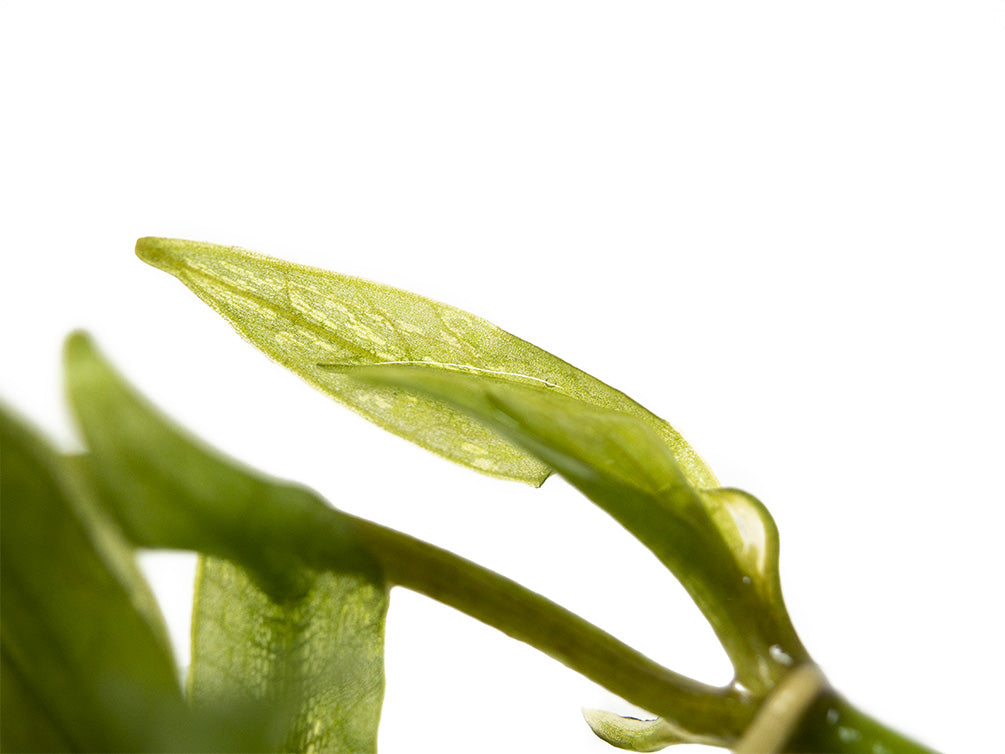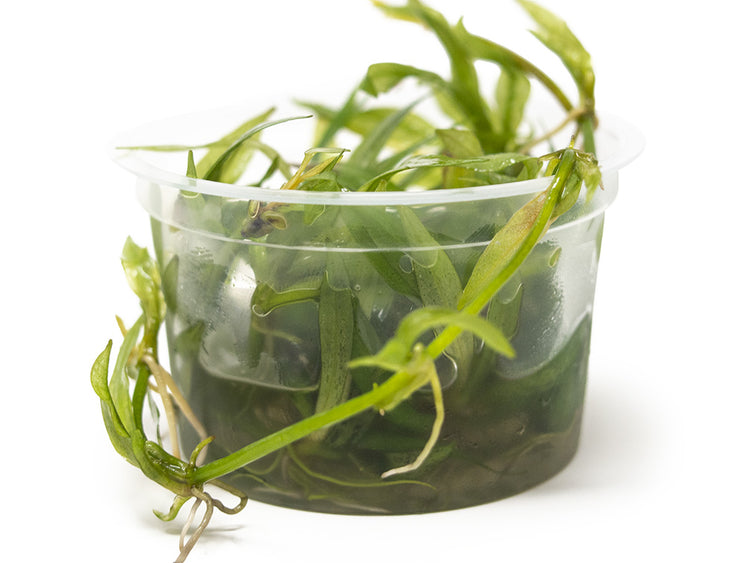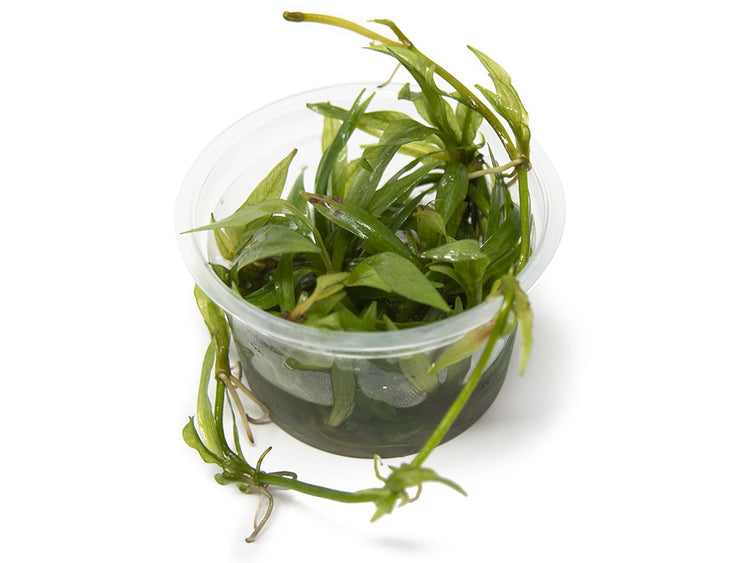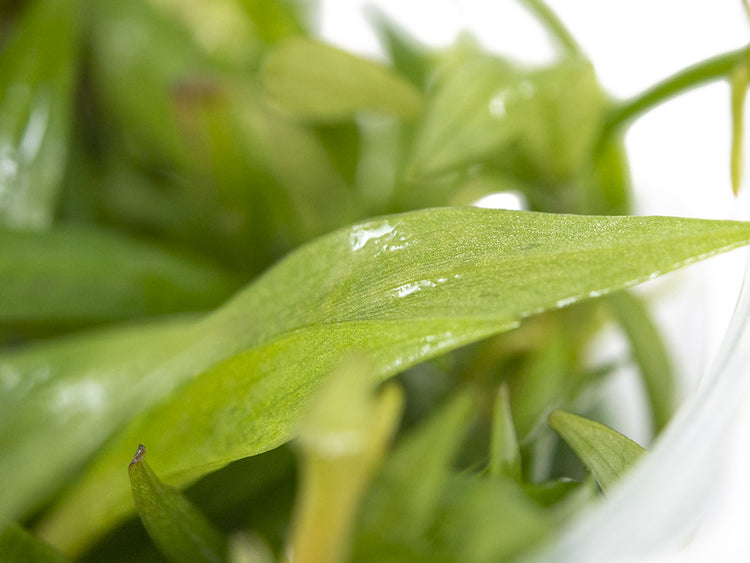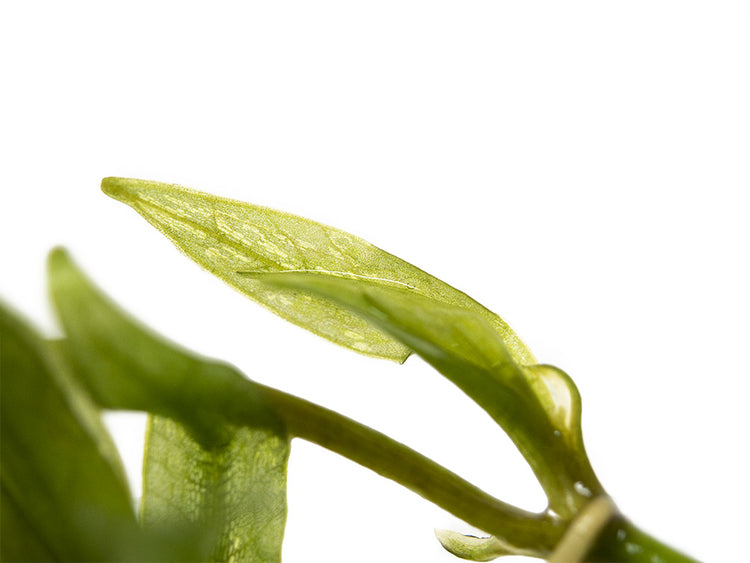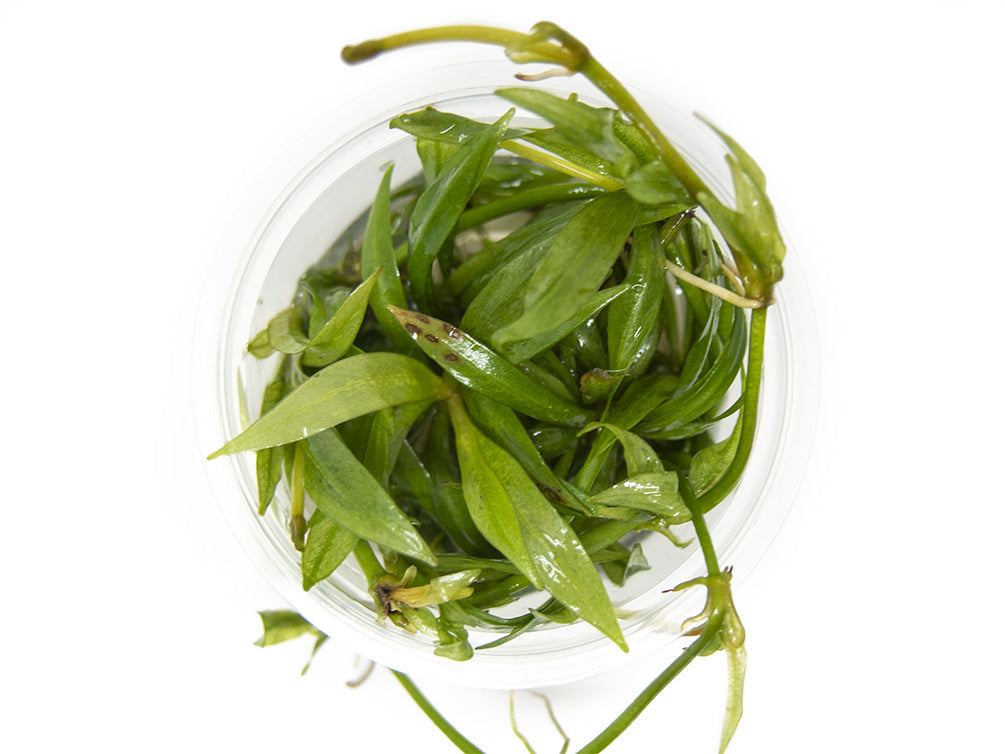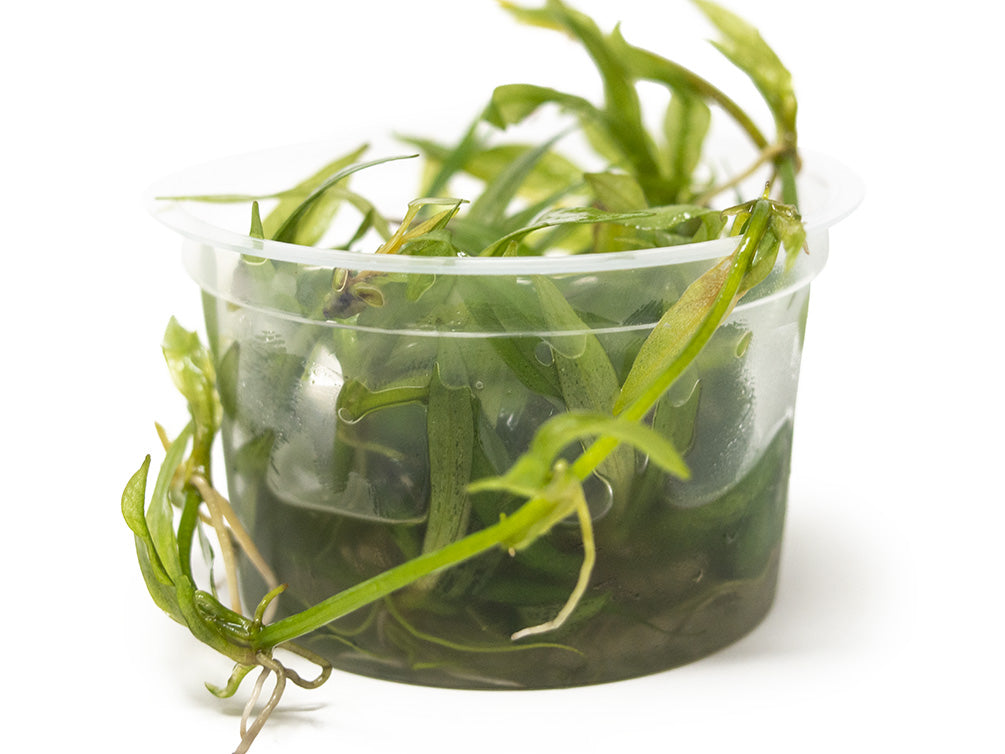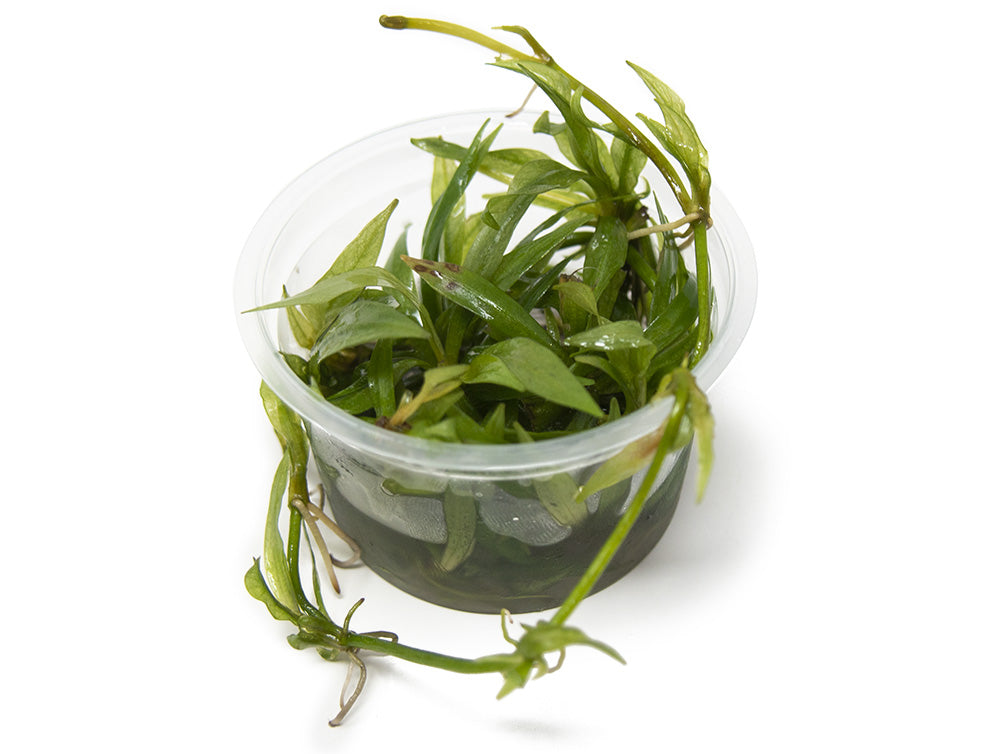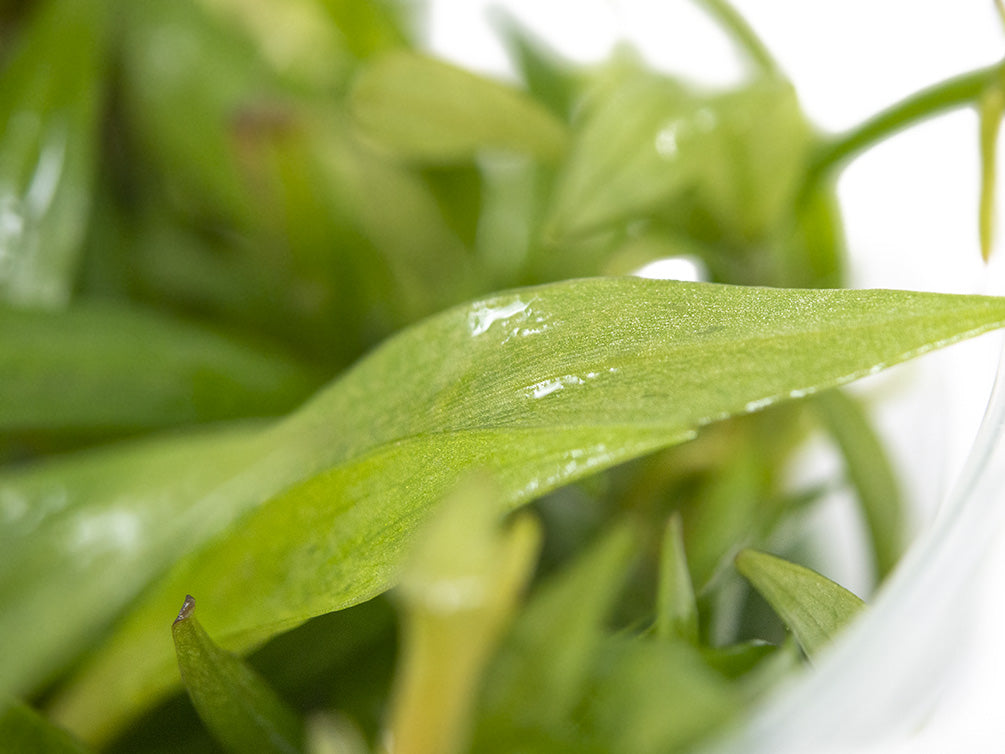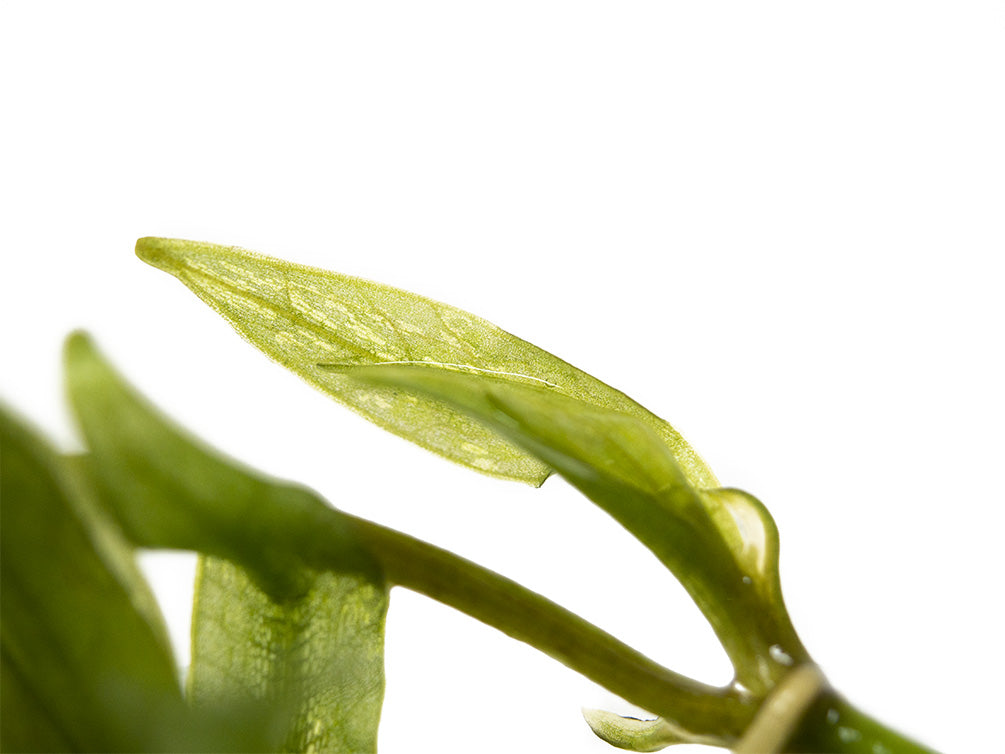Bolivian Chain Sword (Helanthium bolivianus "Quadricostatus") Tissue Culture
- In stock, ready to ship
- Backordered, shipping soon
Bolivian Chain Sword is larger and has broader leaves than Pygmy Chain Sword, and it is a great carpeting plant for the aquascape!
Bolivian Chain Sword (Helanthium bolivianus "Quadricostatus", formerly known as Echinodorus bolivianus) is a long-celebrated carpeting foreground plant in the aquarium hobby due to its ease of care and attractive grass-like appearance. This prolific plant can thrive under moderate or high lighting and does not have any special requirements beyond nutrient-rich substrate (which is a requirement of most aquatic plants with roots). It propagates through runners and plantlets, which can be clipped and replanted elsewhere in the aquarium. It can also be planted emersed in terrariums, paludariums, and viquariums.
Care for Bolivian Chain Sword is very simple. It grows quickly when provided with nutrient-rich substrate and moderate lighting. It will grow at a slower pace under low lighting. It should not be planted in the shadows of taller plants. Under optimal conditions, it can grow at such a rate that it needs to pruned regularly. Like many plants, this plant will respond significantly to CO2.
This listing is for the tissue culture form of Bolivian Chain Sword. Tissue cultures are superior to traditional forms of aquarium plants in many ways. They are produced in a completely sterile environment which eliminates the possibility of them carrying pest snails or algae spores. They have a shelf life (before introduction to the aquarium) of several months if properly maintained and they are housed in a nutrient gel until introduced to the aquarium. To introduce a tissue culture plant to the aquarium, simply rinse off as much nutrient gel as possible, then plant as usual. The nutrient gel will not harm your aquarium.
Packaging may vary. Tissue Culture plants may arrive in bag or cup form.
What We Like About This Plant:
- Tissue cultures contain no unwanted pest animals or algae
- Excellent in low-tech setups
- Prolific and easy to prune
- Distinctive carpeting plant
- Very easy to maintain
Care Guidelines:
- Temperature: 72° - 86° F (22° - 30° C)
- pH: 6.2 - 7.5
- Lighting: Moderate to High
- Origin: Lab-grown tissue culture, but indigenous to Mexico, Central America, and South America
- Aquarium placement: Foreground to Midground in medium to large tanks. Background in small to medium tanks.
- Care: Easy
All Aquatic Arts brand plants and animals come with a 100% live arrival guarantee, plus free email support!
For the safety of our animals, we only ship live fish, crabs, and select other inverts exclusively via UPS 1 Day Air. If your order contains this item, you will only see UPS 1 Day Air as a shipping option during checkout. If other items are in your cart that can ship with 2 day or standard shipping options the only shipping method you can still select is UPS 1 Day Air.
UPS 1 Day is a description of the duration of time a shipment will spend in transit once it has been shipped. This does not guarantee the package will be shipped the same or next day from which the order was placed.
Shipping Schedule for this service
Current Handling Time:
1-9 business days
Here at Aquatic Arts, we consider the welfare of the live animals we are shipping to be of the foremost importance. This process is much more involved than simply creating a shipping label and affixing it to a box. Depending on the order, it takes from 4 to 7 people to complete this process properly. We check the weather conditions here where they fly out of the Indianapolis UPS facility and the destination for each shipment. We start early each morning and go through a multi-step process to have the day's shipments prepared in time for the UPS pickup. The volume of orders in our system also affects the processing time. Therefore our stated handling time is 1-9 business days.
Shipping Rate
Pricing is by size of package needed to fill entire order and distance it must travel. It will be calculated at checkout.
